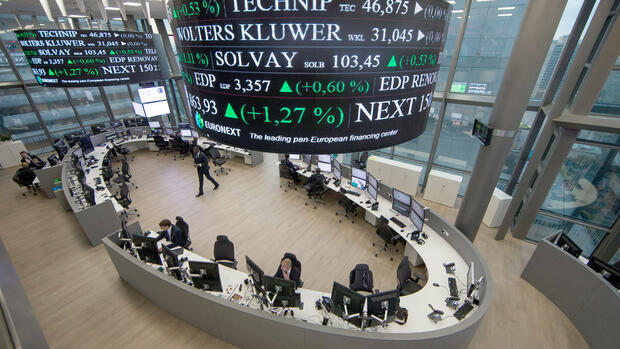Investors can buy European stock indices such as Euro Stoxx and Co. via various ETFs.
(Photo: dpa)
Frankfurt For ten years, the European stock market was overshadowed by the US stock exchanges, but that has changed. European stocks have outperformed US stocks since early October. The lead has been crumbling a bit since May, but capital market strategists like Tilmann Galler from JP Morgan Asset Management are convinced: “Europe is back in the limelight: It makes sense to give European stocks more consideration in the portfolio again.”
Mark Heslop, fund manager at Jupiter Asset Management, also says: “European stocks should not be ignored.” DWS also sees more potential in European stocks than in the higher-rated Wall Street stocks.
But what does “European stocks” actually mean? Is it only about large standard stocks in the euro area, such as those found in the Euro Stoxx 50? Or a broader selection of companies across Europe like the Stoxx Europe 600? Investors investing in European equities through Exchange Traded Funds (ETFs) should be aware of the following differences. An overview.
Read on now
Get access to this and every other article in the
Web and in our app free of charge for 4 weeks.
Further
Read on now
Get access to this and every other article in the
web and in our app.
Further
